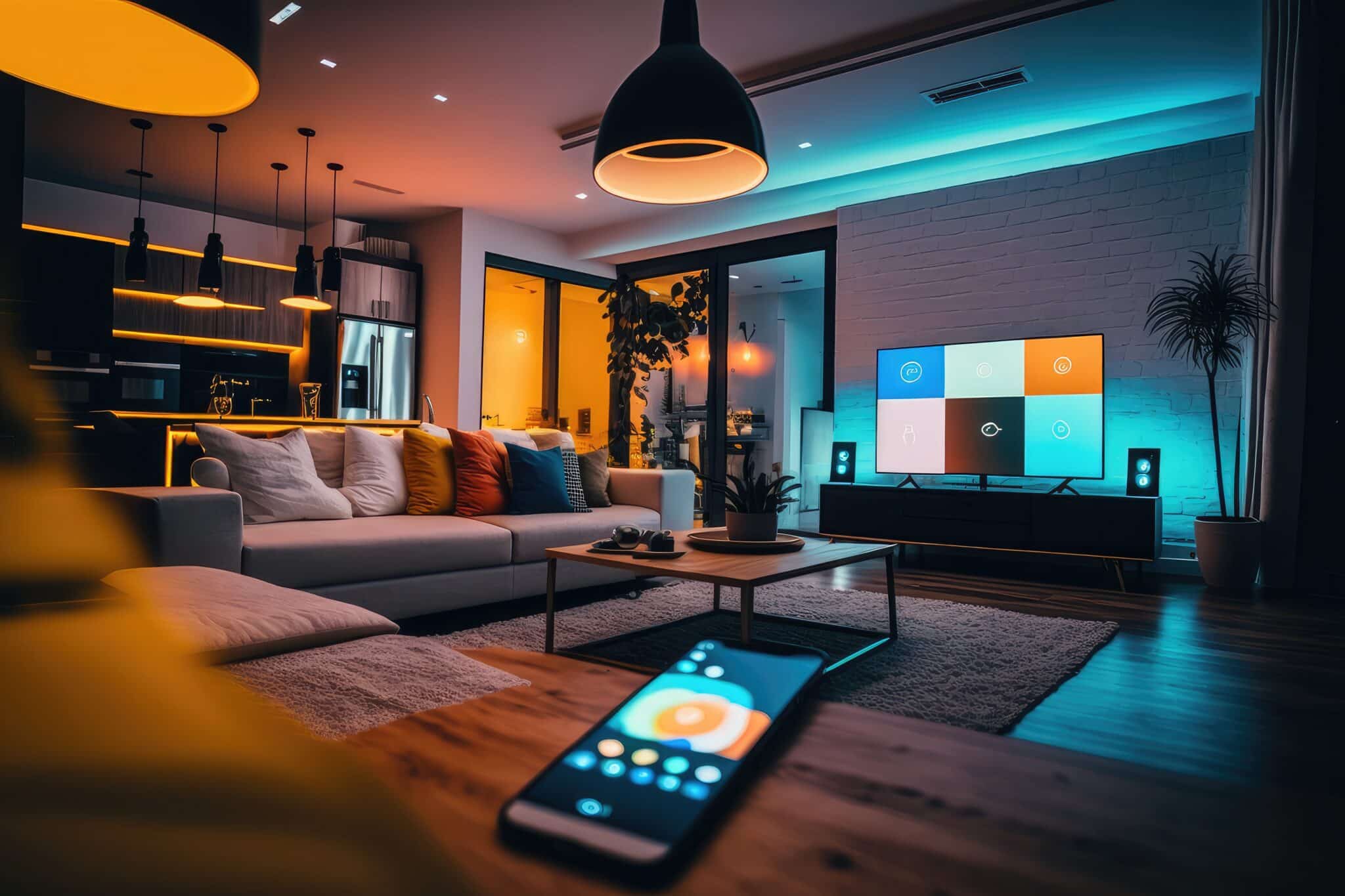Marketers in the home automation space have a habit of stretching things. I get it. Good marketing practices dictate presenting products in the best possible light. But can home automation devices really do everything people say they can? For example, can smart lighting really help you sleep better?
I have read such claims in recent months. I don’t know if they are true or not. I do know that there are people who swear by their smart lighting and its ability to improve sleep. I will not question them. If they are waking up in the morning feeling more refreshed and rested, more power to them.
I am curious as to how it all works. So in my research, I ran across a post on the CNet website from contributor Chris Wedel. He uses smart lighting to get ready for bed at night and gradually wake up in the morning.
How It Works
Wedel has programmed his smart lights to signal that it is time to start winding down. The lights in the bedroom automatically switch on an hour before bedtime. They automatically shut off after the appointed time, signaling that it’s time to go to sleep.
In the morning, his lights automatically turn on at the appointed time, but at minimal brightness (10%). Brightness increases gradually over 45 minutes until they are at maximum brightness 15 minutes before he needs to get up.
His setup is not unique. I have come across similar installations in my research. The one thing that is different in some setups is that homeowners use the gradual dimming process at night as well. I guess the idea is to simulate the sun going down.
Regardless, I am intrigued by the idea of waking up to gradually brighter light in the morning. I get up when it is still dark out. Therefore, I go from complete darkness to full light. I am thinking I will have to try installing some smart lighting in the bedroom and doing something similar to what Wedel has done.
Smart Lighting Options
In terms of options, the market is wide open to me. I have built my own home automation system from the ground up with an open-source platform that supports thousands of smart home devices. I could implement smart lighting in the bedroom using either dimmer switches or smart bulbs. Programming could be handled with my platform.
Other options for homeowners who haven’t built their own systems include:
1. Whole-home Automation
If you have a whole-home smart home system, chances are you can use smart lighting with it. I am thinking of a system from a company like Vivint Home Security. Vivint has its own smart home hub, so it shouldn’t be too complicated to pick up some compatible bulbs or switches and run them through the Vivint hub.
2. Stand Alone Lighting
The other option is to go with standalone lighting. You pick up some smart fixtures or light bulbs, install them, and program them with a companion mobile app. This is the perfect setup for someone who doesn’t have any other home automation devices. But if you think you eventually want to go whole-home, consider doing so from the start. It’s easier to pick a system and build on it than trying to make individual devices work together down the road.
I admit to being genuinely curious about whether smart lighting can help me sleep better. I guess the only way to know for sure is to try it. Some people swear by it, so it is worth investigating further. At least that is my take.

